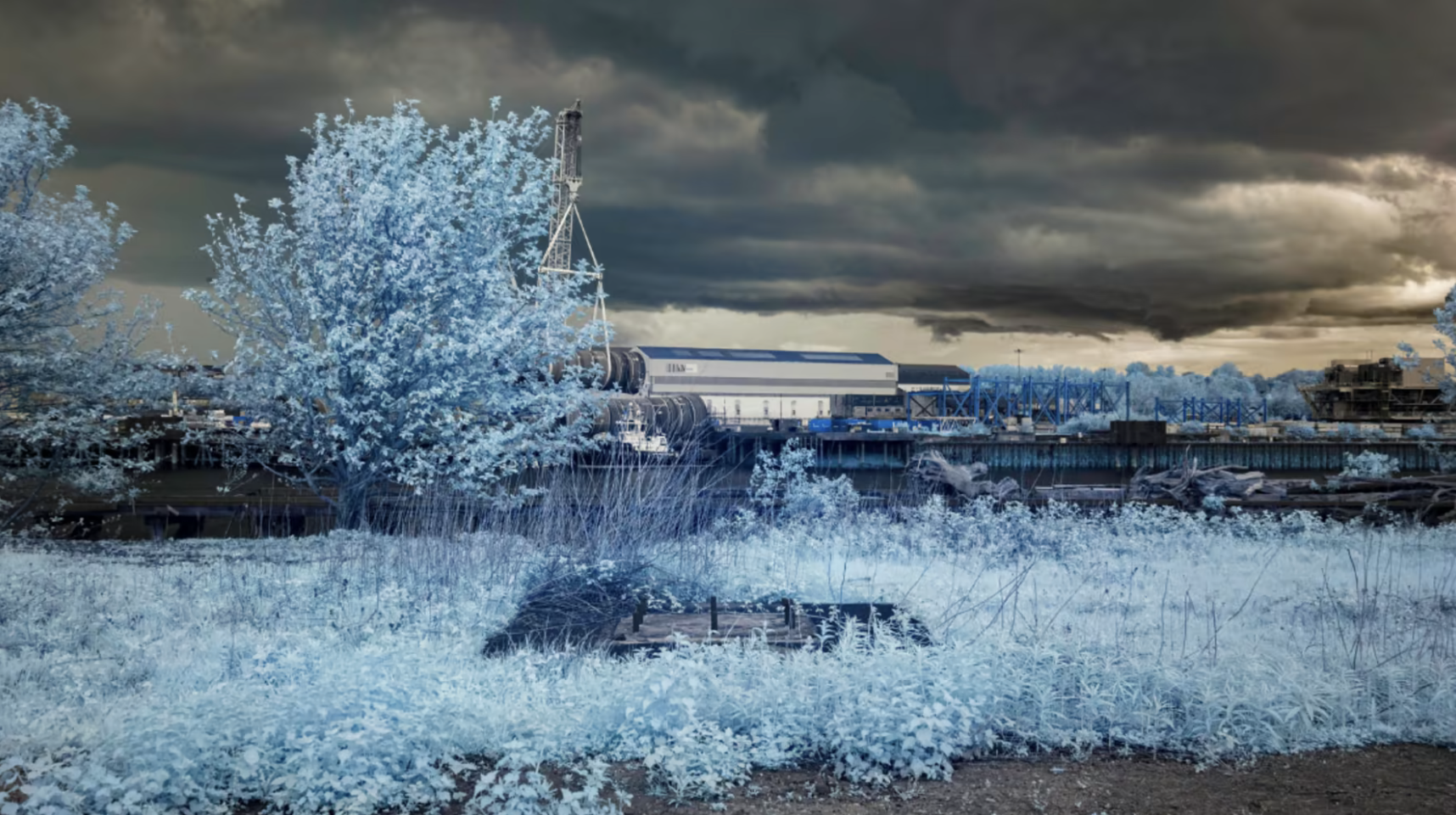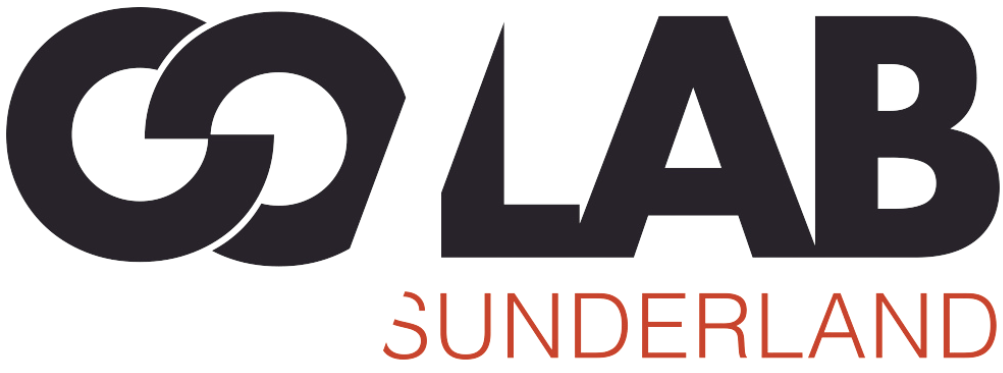
Renewable Blue
Part of SeaScapes, Blue Futures
Partners: Viking Energy Network Jarrow, South Tyneside Council, Sunderland University
Creative Practitioners: Paul Dolan
Participants: Boldon High School photography class (8 students), Harton Banner Mining Group (6 people).
Co/Lab Curator: Dr. Suzy O’Hara
Many of the issues relating to climate change and sustainable energy happen beyond human vision. This commission was conceived of as an image making project with no visible light, using specialized camera systems and software to make connections between the thermal and liquid aspects of local mining history, new sustainable energy projects, local communities and their connections to the landscape/environment.
An infrared camera and lidar scanner was used to capture images and 3D models of the places, technologies, homes that will benefit from the energy projects, and objects that belonged to the local mining community.
The artist visited the energy sites to photograph the spaces with a full spectrum infrared camera customized to block visible light. The monochrome images create a connection to black and white images often connected to photographs of mining history, yet are produced entirely with heat radiation. The winter of 2022 was particularly brutal for many families struggling to pay huge energy bills due to massively inflated gas and electricity prices. The seemingly frozen images reflect the widespread feeling of anxiety about the future of energy, with blossoming and healthy trees appearing to be frozen and lifeless.
The five images selected for exhibition make connections between the foundations and ground planes of the energy sites, homes and left over concrete footings from previous coal mining activity on the Jarrow Staiths. The images simplistically point towards where energy infrastructure meets the landscape, and also point towards a more philosophical question about how our foundational ideas about energy and environment are beginning to change.
The idea of how we think about technology and environment became the basis for a photographic/sculptural work exhibited as a customised circuit board nestled on a mound of coal. The circuit board combines heat map data, satellite imagery and the pipe network diagram from the VENJ site that will carry hot water into local houses.
Once designed, the circuit board was fabricated locally at Faraday circuits. The work draws comparisons between maps and circuit layouts, pointing towards the possibility of rewiring our current broken energy system.
The moving image piece works around the ways in which we make use of the natural world to produce energy, how heat and water are a constant material presence in energy histories. The artist met with members of the Harton Banner mining community, and produced 3D models of objects they used at work everyday. Many of the items related to life preservation - first aid kit, emergency morphine box, lamps, tools. Processed through simulation and VFX software, the models are viewed as through a thermal camera, colourfully dissipating heat and melting into liquid. These scenes are intercut with terrain generated from satellite data of the Jarrow area, water simulations and underground images of tunnels and rock ceilings. The animated movements focus on the point at which the objects change state from solid to liquid - a phase change - making connections to the paradigm shift required in the way we think of and produce energy.
Five of the scans of the miners’ possessions were produced as thermochromic postcards, which appear completely black until placed next to a heat source, like a hand, radiator or laptop. This process was supported through an experimental workshop at Boldon School in which pupils produced infrared images, printed them and tried different ways of applying thermochromic ink to them.
